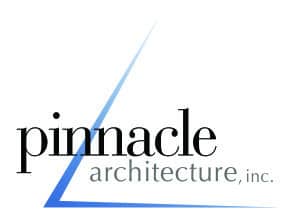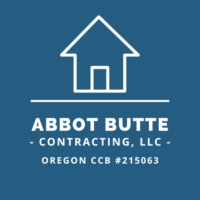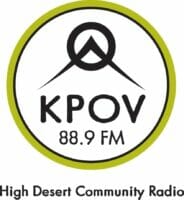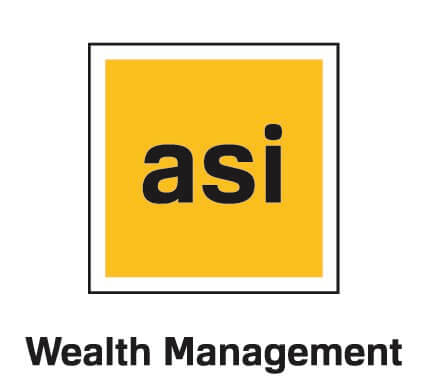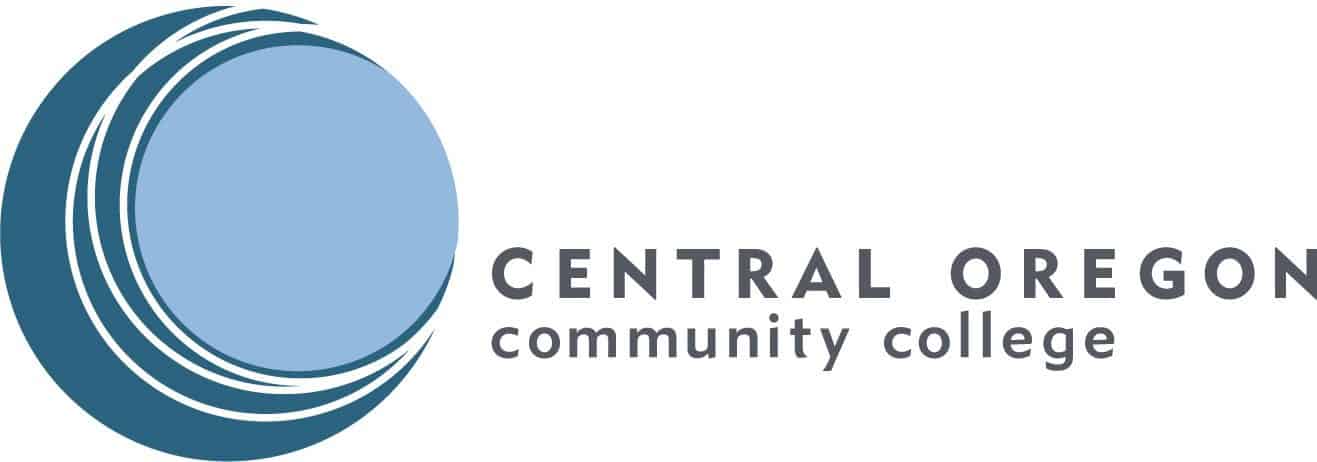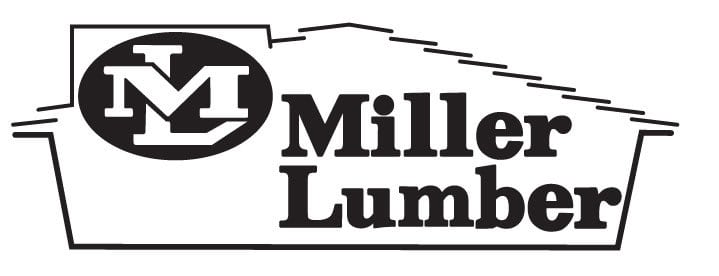The topic for last week’s forum was very insightful as we learned about how other Cities are changing the design of their streets becoming more walkable, bikeable and likable in turn generating a positive economic impact. We also learned about the importance of different means of transportation; the key is focusing on moving more people through a street, not necessarily cars.
Resources to learn more about the topic:
- Demographic Shifts are Changing Technology and Cities: PEW Research Center
- Walking and Biking – On the Rise: Source: National Household Transportation Survey
- Death of Brick-and-Morter Retail: WOLFSTREET.com
- National Case Study in Significant Redesign in Lancaster CA: National Complete Streets Coalition
- Akron OH (2016) Team Better Block
We received many questions during the forum and via text message. Alex Joyce was gracious enough to answer a few more for our reflections piece:
How do you play catch up with installing bicycle lanes with an already established infrastructure, increasing population and increasing MPV?
Retrofitting streets with bike lanes is one of the least expensive ways to expand transportation options and improve safety. Painting new or wider, protected bike lanes on existing streets and designating quiet residential streets as low speed, low-stress routes is very cost effective and has a huge impact on increasing bicycle usage in a city like Bend. It does take money, but compared to road building and widening projects, the cost of retrofitting new bicycle facilities is peanuts. It just needs leadership, a plan and some consistent funding to implement year after year. Bend has the plan and the leadership, so if you chip away at it year after year, you’ll be astonished at the impact in a few years.
What trends are happening in smaller cities for transit?
A robust transit system is often difficult for smaller cities and regions to afford. And densities often don’t make it very efficient. Avoiding spreading the limited resource too thinly over a large area is one bit of advice I would offer. I would recommend a focus on fewer, more frequent service routes that connect downtown to other active places, like the hospital (Greenwood Route), COCC (Newport Route), OSU (Galveston-14th Route), North End commercial areas (Hwy 20 Route), for example. Dependable, high-quality transit in fewer but more frequently used places is better than infrequent transit everywhere.
Because response time is a critical factor in the success of an emergency incident (fire, heart attack) is emergency service response factored into the planning resources?
Congestion and distance impact response time. Providing alternative ways for people to get around helps relieve pressure on regional routes like Hwy 97. It may seem counter-intuitive, but investments in bicycle and sidewalk connections improve traffic – and is the cheapest way to reduce congestion on major routes. Widenings and new roads are incredibly expensive.
As exciting new transportation technologies affect Bend, how can we ensure thoughtful growth without stifling investment and development?
Thoughtful growth should go hand-in-hand with investment and development. The main things that stifle investment and development in communities like Bend are either regulatory issues like bad zoning or an unpredictable or overly political approval process. Bend has made some good progress on new zoning standards in the UGB Opportunity Areas, but more can be done in other areas to ensure that growth is more thoughtful and better designed.
City Club thanks speaker, Alex Joyce, Managing Partner of Cascade Partners, and moderator, Jeff Monson, Executive Director of Commute Options
Engage!
Bill Buchanan, Jeff Monson, and Tonya Bernardy – City Club forum team
City Club of Central Oregon



